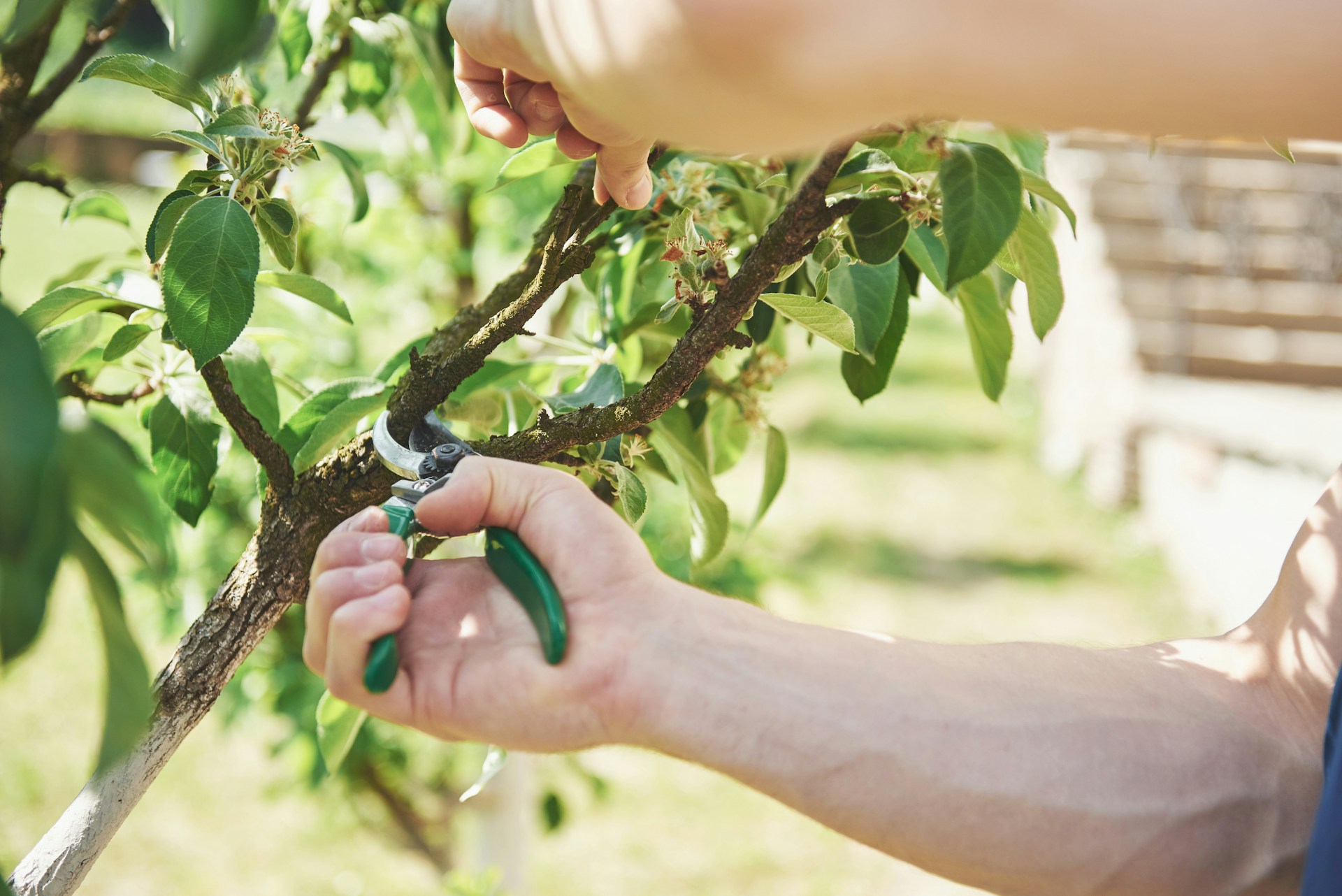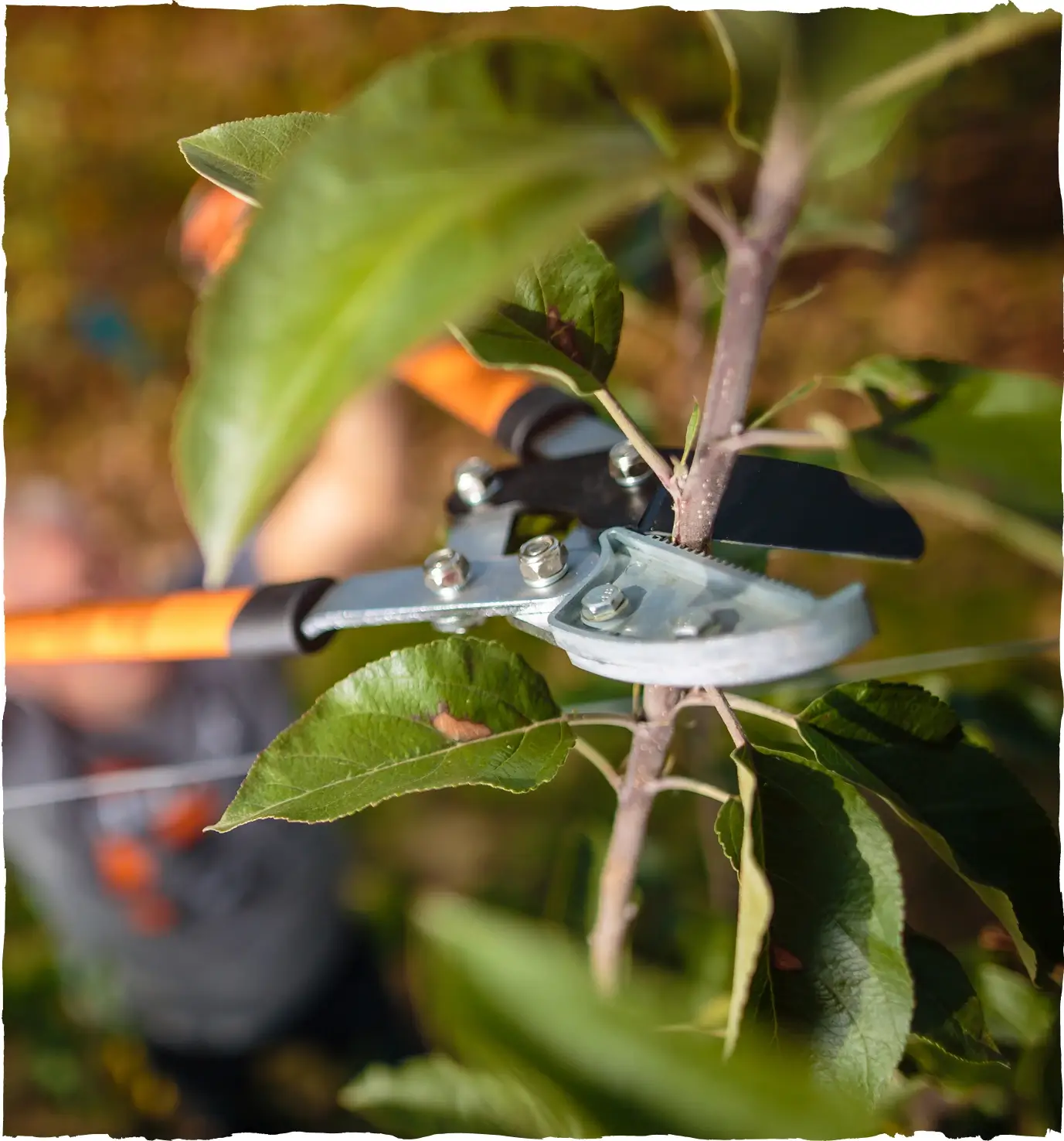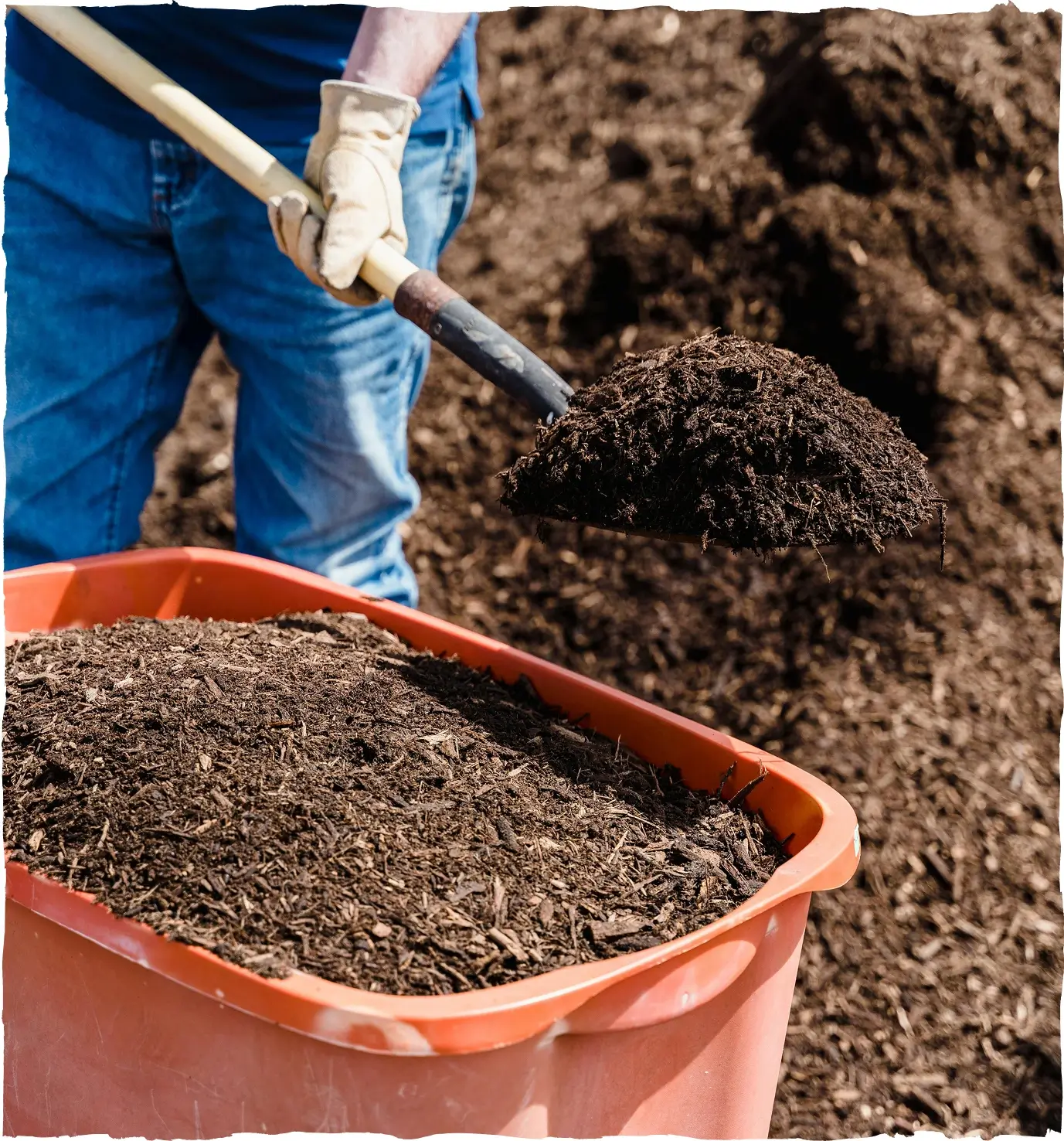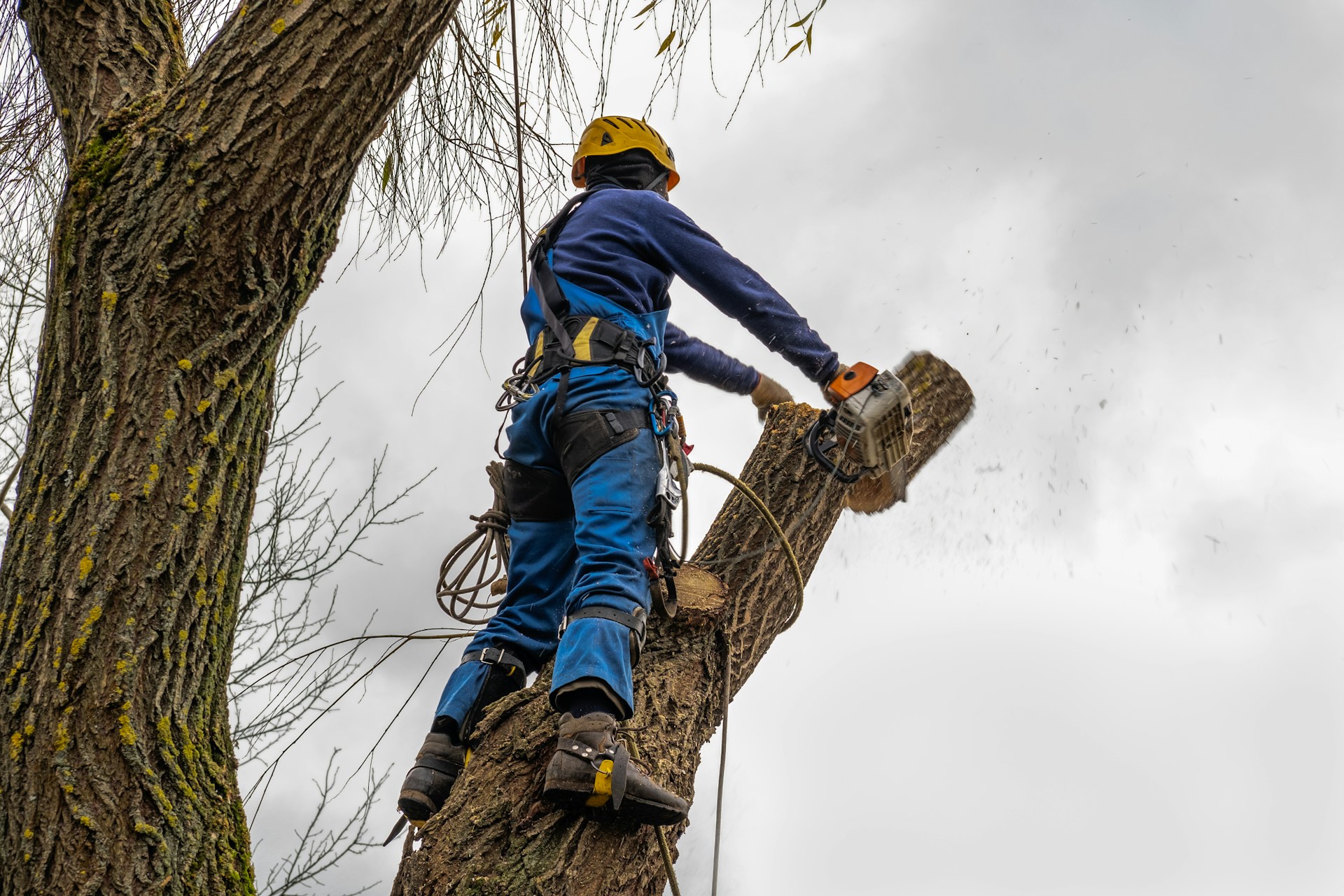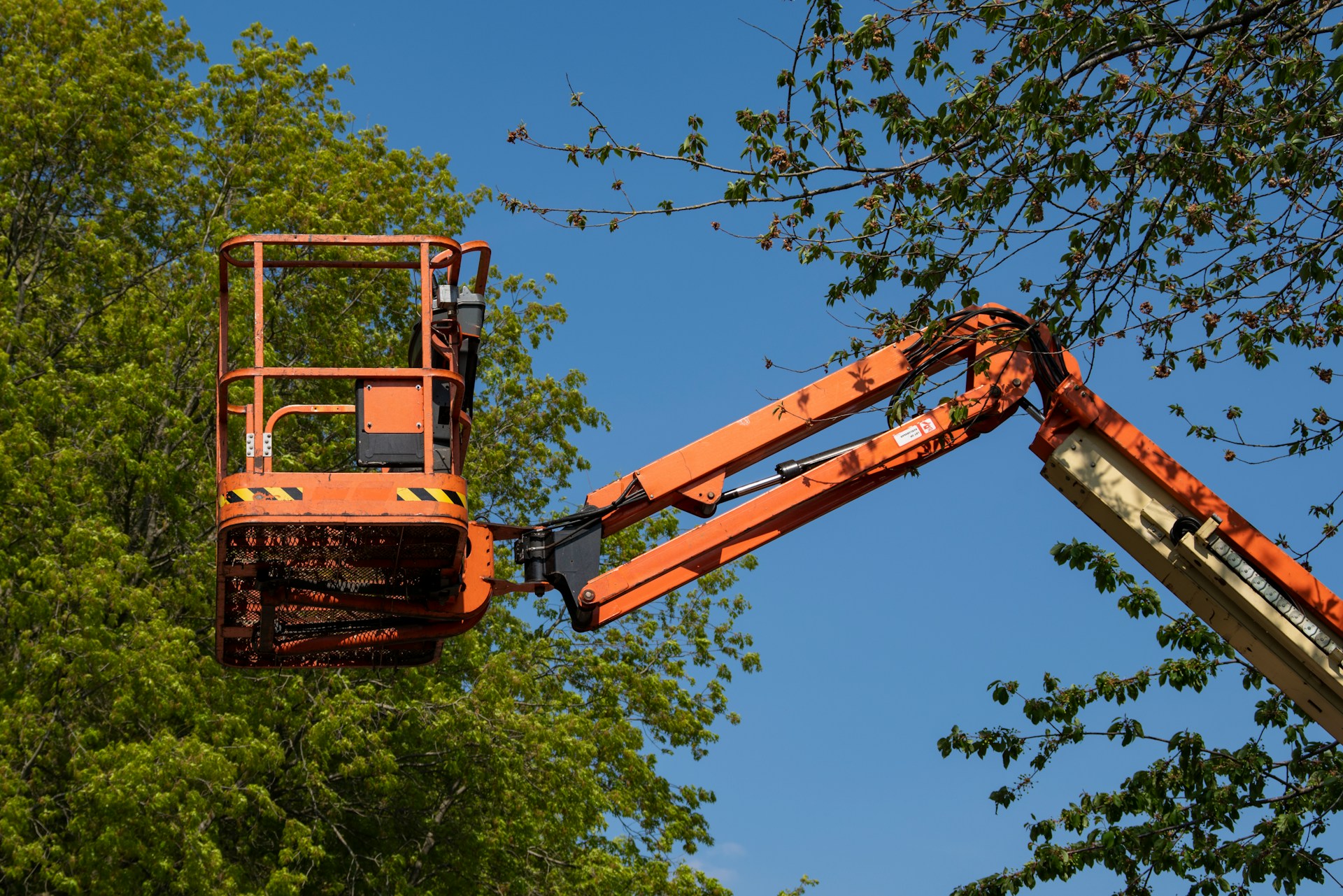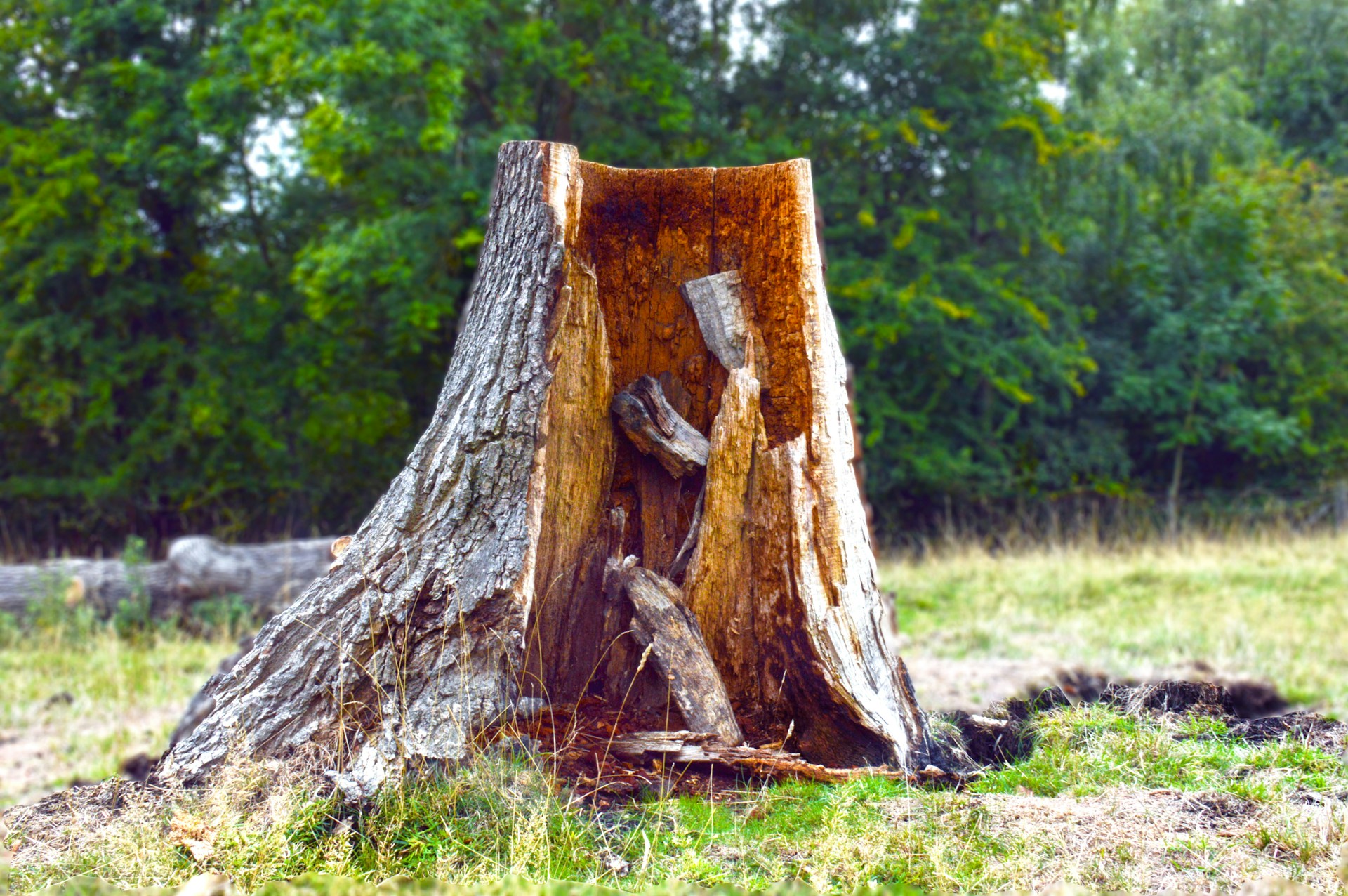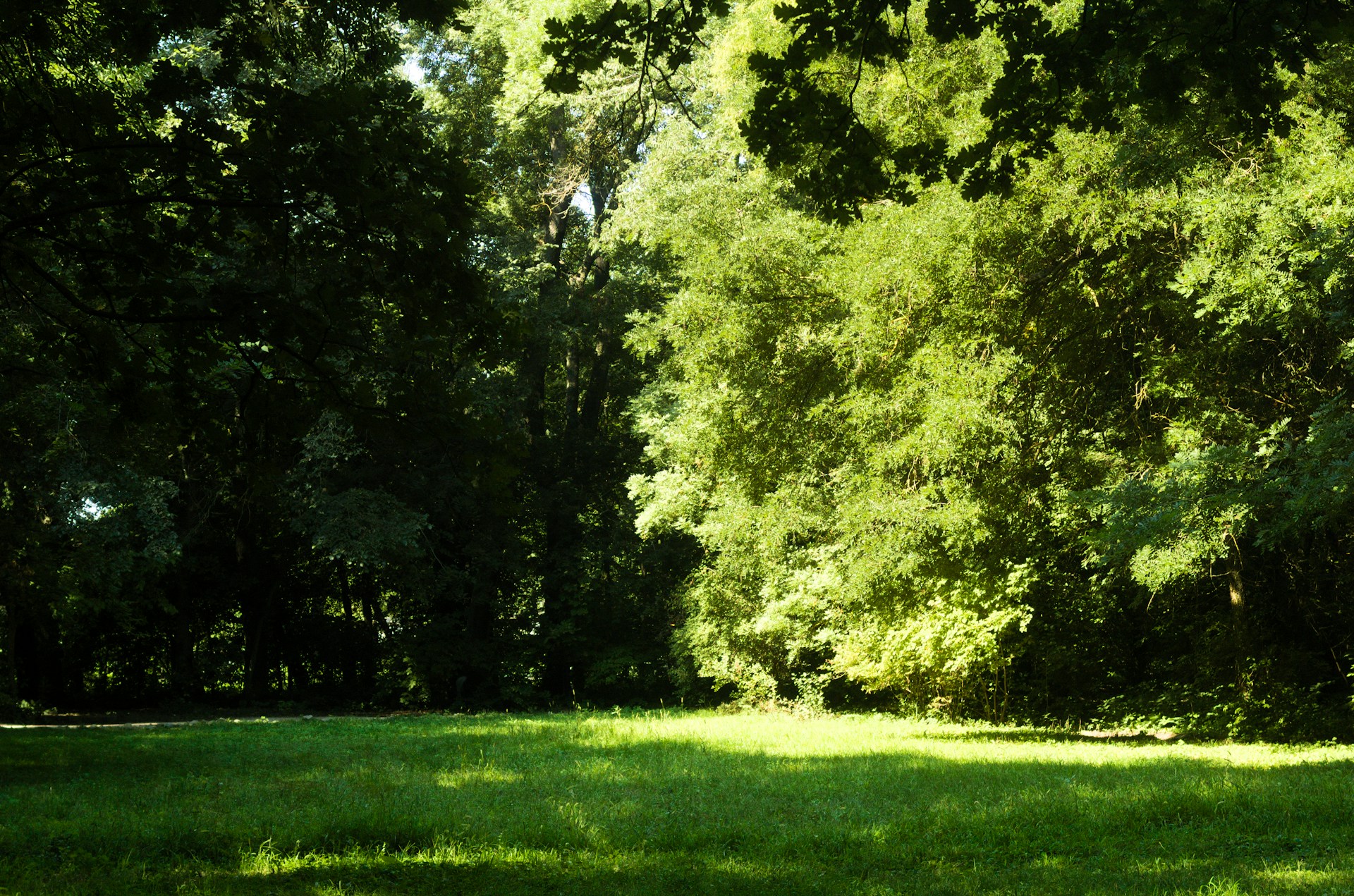In Orlando, getting ready for hurricane season isn’t something we take lightly. From stronger roofs to storm shutters and backup plans, we know how to prepare. Sometimes, though, we forget one of the biggest risks on our own property—trees. Tree pruning in Orlando is one of the best ways to protect your home, especially before heavy storms show up on the radar.
Big trees can be beautiful and shady, but overgrown or damaged branches can turn into hazards fast. One strong gust of wind can bring down a limb, or even push over a tree with weakened roots. That’s why early pruning makes such a big difference. Trimmed, healthy trees stand a much better chance when storm season is in full swing. Smart tree care now can help keep your space a lot safer down the road.
Why Pruning Matters Before a Storm
Before the strong winds and heavy rain arrive, there’s a window of time that’s perfect for lowering risk. Weak or low-hanging branches usually can’t survive hurricane-force winds. Once shaken loose, they might fall on roofs, smash fences, or block driveways.
Pruning not only removes dangerous limbs but shapes the tree for better health and sturdiness. A well-pruned tree doesn’t catch the wind as easily. Flexible limbs can bend instead of snapping. This helps keep branches from growing out over the house or pressing into other trees. Trees shaped by pruning allow air to move through more easily, which lowers the chance of breakage.
Strong, steady trees don’t just hold up better during storms. They bounce back more quickly afterward. Pruning ahead of time supports thicker, healthier, and more balanced growth. This care helps prevent long-term damage and can sometimes keep you from needing emergency removal after a big storm.
A feature of professional pruning is the use of aerial lifts to reach high branches safely, making it possible to prune tall trees without risking injury.
What Happens When Trees Go Untouched
During hurricane season, Orlando sees wild weather—strong winds, intense rain, and soggy soil. This creates a risky situation for overgrown trees. Long limbs can turn into battering rams, especially if they’re dry, hollow, or already cracked.
Heavy canopies hold more moisture and catch more wind, adding pressure to both roots and trunk. Even healthy-looking trees might topple over with enough stress. Dense branches make it harder to see hidden danger, like bug damage or splits in heavy limbs, until it’s too late.
When trees are left to grow over homes, sidewalks, or driveways, those branches are more than a headache. They’re a true safety risk. After a storm, it’s not rare to see trees leaning on houses or cars stuck behind fallen limbs. Not acting just because things have seemed okay so far can turn a small issue into a big clean-up.
A certified arborist can check for signs of hidden stress such as root damage, disease, or canopy imbalance, which helps prevent emergencies during the peak of hurricane season.
Signs Your Trees Might Need Pruning
You don’t always need to wait for a limb to crash down to know tree pruning in Orlando is necessary. There are clear signs to look out for before big storms arrive.
– Branches growing too close to windows, roofs, or walls can scrape siding or snap during high winds.
– Dead or cracked limbs are trouble spots. Limbs that sag or rub together are often weak or strained.
– Thick tree tops might look healthy but can block light and air. That can hide problems in the middle branches.
– Leaning trunks or roots pushing up from the ground show instability. Trees that suddenly shift or lean more than before are warning signs.
If your trees have any of these symptoms, it’s time to act before the next big storm hits.
Timing and Tips for Safe, Professional Work
Florida’s hurricane season runs through late November, with the storms often peaking in September and October. That’s why early fall is usually the best time to take a close look at your trees.
If you wait for a storm to form, working outside gets much more dangerous. Wet ground and high winds make tree work tricky and unpredictable. Emergency jobs can be much harder and less safe than work planned in advance.
Pruning trees the right way takes skill, the right tools, and good timing. It’s more than cutting branches. From thinning out the canopy to taking down a heavy limb over your roof, each move needs careful thought. Professional crews use the latest pruning techniques and safety equipment so the work gets done right. They spot hidden risks, work around cables or driveways, and make sure the tree keeps its natural shape.
Professional tree pruning can help prevent property damage and keeps outdoor spaces looking better all year long.
Hurricane Season Isn’t Over Yet: How Pruning Can Help Your Yard Stay Ready
In Orlando, storms keep coming even as summer closes out. Hurricane season peaks through late September and October, so this is the perfect time for a final prune. If you haven’t touched your trees since spring, now’s your chance to stop limb drop and damage before the next big storm.
Even a small trim helps make a difference. Clearing up weak branches, shaping dense canopies, or keeping limbs away from the roof can all boost safety. You don’t have to take down trees to make your yard storm-ready. Simple shaping can lower the risk of falling branches and uprooted trunks when winds pick up.
Getting trees checked and pruned early means fewer surprises when storms approach. It’s a move that brings peace of mind, so as hurricane season moves through its final, stormiest months, you know you’ve already lowered your risk and helped shield your property from weather trouble.
Noticing cracked limbs or heavy branches hanging a little too low? Now’s a smart time to take action. Catching problem spots before another storm makes things worse can help keep your home and yard safer. We’ve helped plenty of local homeowners stay ahead by trimming trees where it matters most. To see how we handle safe, professional tree pruning in Orlando, contact West Tree Services today.
